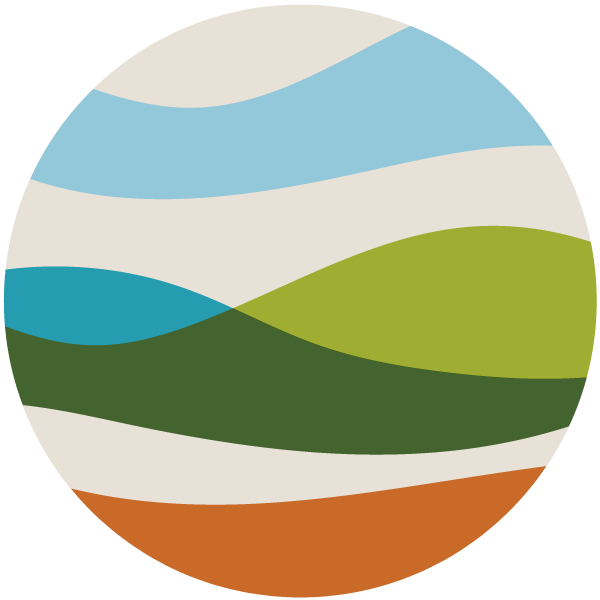Improving the health of Indigenous Australians
Health outcomes for Indigenous Australians are shamefully much worse than those of non-Indigenous Australians, and while some areas are improving, the gap persists.
However, health programs conceived, developed, and delivered by Indigenous people in collaboration with existing healthcare services are proving to be effective at improving health outcomes and closing the gap. In this week's blog, we shine the spotlight on two such instances.
Remote Indigenous Australian community response to COVID.
Look at the statistics from Covid-19: First Australian peoples have recorded the best result for any Indigenous population in the world, with zero Covid deaths and 0.01% per 1000 infection rate. This compared to around 1.1% per 1000 infection rate for non-Indigenous Australians.
Only 148 Indigenous Australians contracted the disease, and of these people less than 15% were hospitalised. The main reason for this: Indigenous community leaders were insistent that they lead the response, and they were listened to.
Remote Indigenous communities barred access to outsiders, travel was limited and culturally-specific information campaigns were created.
At the heart of the COVID response was an Australian First Nations passion for respecting and protecting their elders: “They are our universities: the holders of our knowledge,” according to the National Aboriginal Community Controlled Health Organisation CEO Pat Turner. Aboriginal Medical Services (AMS) have maintained contact with elders throughout COVID in contrast to the loneliness and isolation that many in aged care facilities have been enduring.
To date, there has not been a single reported case of COVID transmission remote Indigenous communities. Compare this to the H1N1 flu of 2009, where Australian Indigenous people—3 percent of the population—accounted for 12.2 percent of H1N1 deaths.
#birthingoncountry
A recent trial from a Birthing in Our Community (BiOC) study in Brisbane is further example of how positive health outcomes can be gained through partnership in an Indigenous-led setting.
Birthing in Our Community was set up in 2013 by the Institute for Urban Indigenous Health (IUIH) and the Aboriginal and Torres Strait Islander Community Health Service Brisbane (ATSICHS Brisbane), in collaboration with the Mater Mothers’ Hospital.
The results of the 5-year study have confirmed that women taking part in the Indigenous-led birthing program are 50% less likely to have a premature baby, and are more likely to be able to breastfeed and access antenatal care than those using standard maternity care.
Lead author Professor Sue Kildea of the Molly Wardaguga Research centre at Charles Darwin University says culturally safe birthing services should be widely available to Indigenous women.
“Standard health services in Australia frequently do not meet the needs of First Nations peoples who are often excluded from decision-making around how they should operate.
“Now we have the evidence that this model works, it’s time to make it more widely available for Indigenous women to access,” Sue states.
With little improvement in maternal and infant health for First Nations families during the last ten years, studies like this one shine a very bright and positive light on an unacceptable reality.
Access the full paper at The Lancet Global.
Birthing in Our Community is part of the broader Birthing On Country movement. Learn more about Birthing On Country here.
Did you know that Ochre Recruitment places GPs in Aboriginal Medical Services (AMS) roles? If you would like to know more about how rewarding it can be to work in an AMS, you can read about it here.




